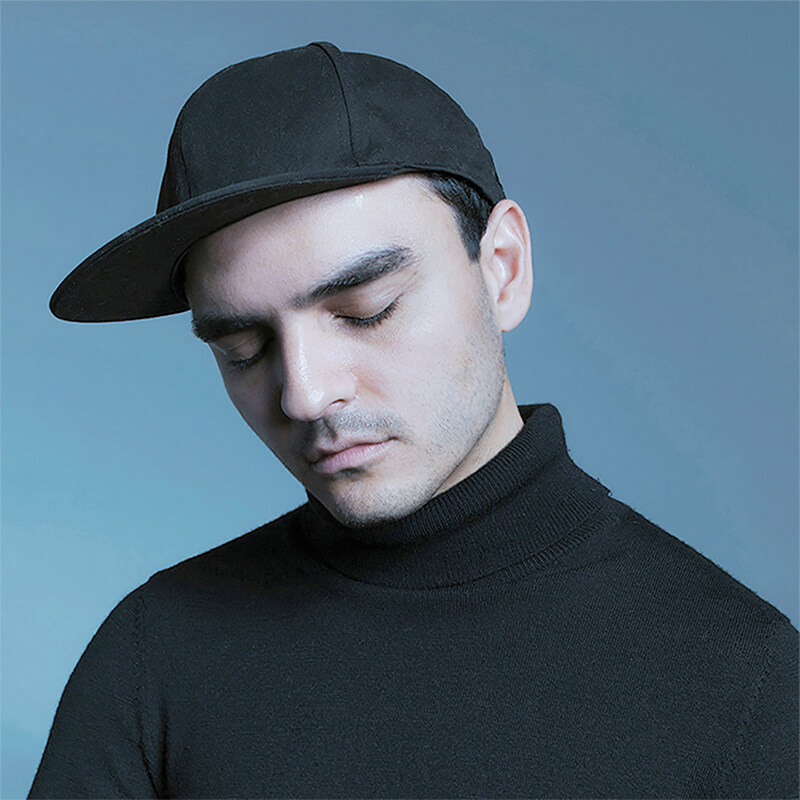Gabriel Isak was born in 1990 in Huskvarna, Sweden. In 2016, he received his Bachelor of Fine Arts Degree in Photography at Academy of Art University in San Francisco, California. Isak has exhibited his work at solo exhibitions at The Cannery Gallery, San Francisco, California and his works have been included in various important exhibitions including "Acclimatize" at Museum of Modern Art, Stockholm, Sweden and "Culture Pop" at M Contemporary, Sydney, Australia. Isak lives and works in Stockholm, Sweden, from where he travels all around the world for personal and commissioned projects.
Artist Statement
Gabriel Isak's art entails surreal and melancholic scenes where he invites the viewer to interact with the inner world of solitary figures that symbolize our own unconscious states. He uses photography as a medium to draw and paint surreal images, minimal and graphic in its aesthetic, rich in symbolism and emotion, focusing on themes inspired by human psychology, dreams and romanticism, as well as his own experiences, especially the years he went through depression. Isak's work is a serene and melancholic meditation that stills the chaos of life and transforms into an introspective journey that questions the depths of existence. The objective of Gabriel Isak's art is to shine a light on the experiences of being and the states of mind those brings along. His subjects are anonymous, imprisoned in monochromatic settings, so the viewer can envision oneself as the subject, reflecting back on one's own experiences and journey in life.
